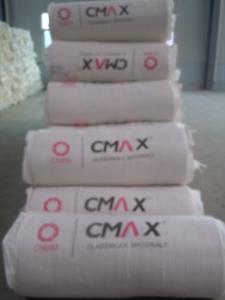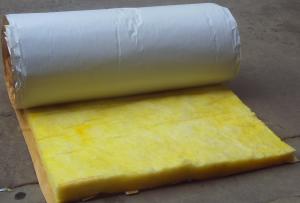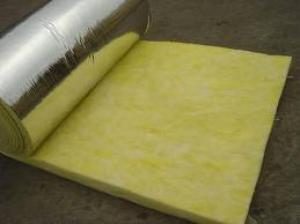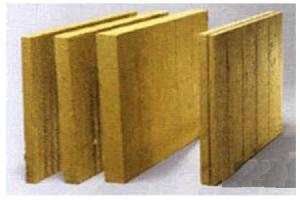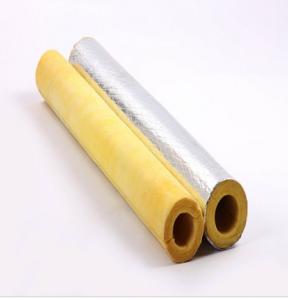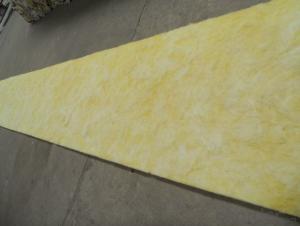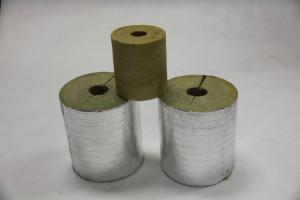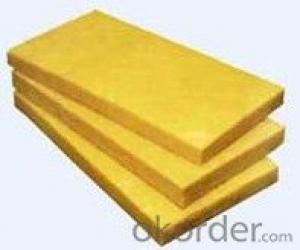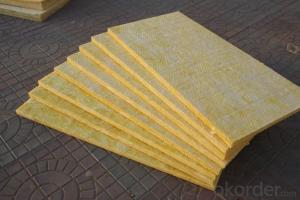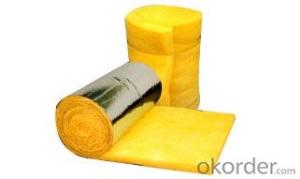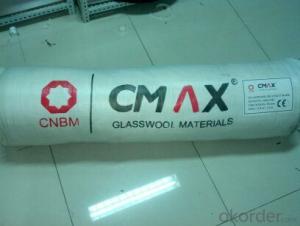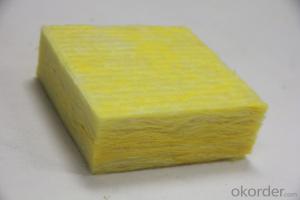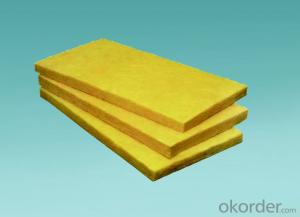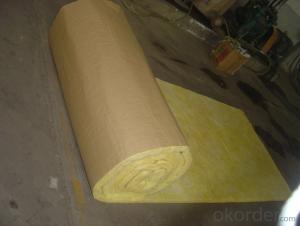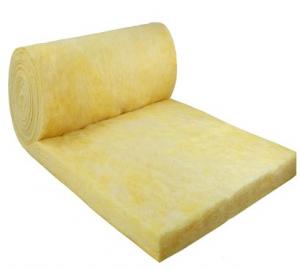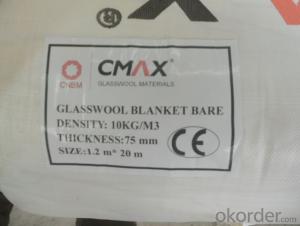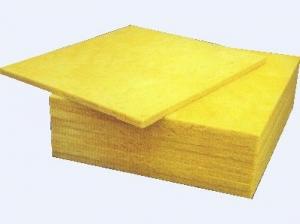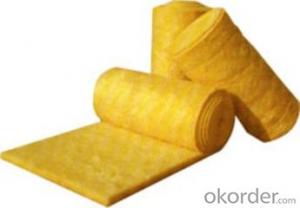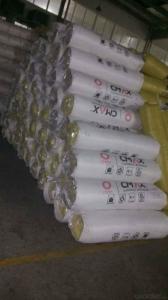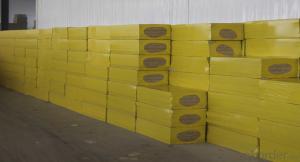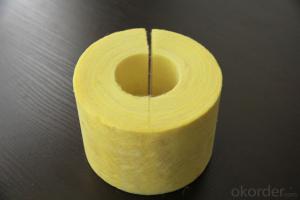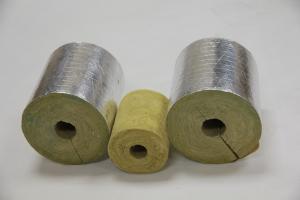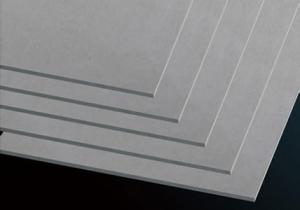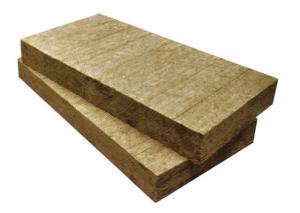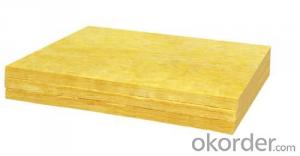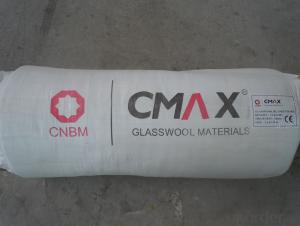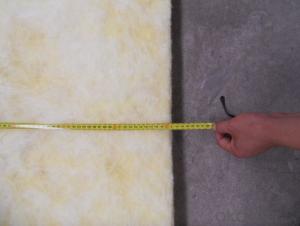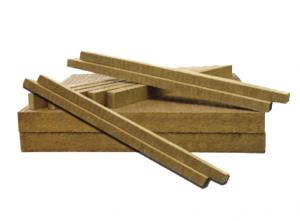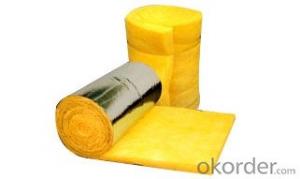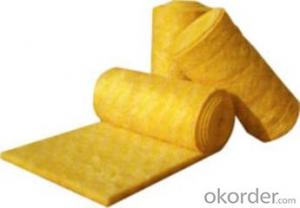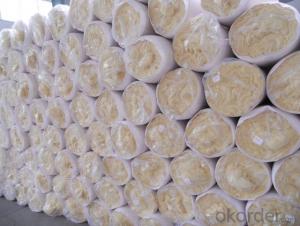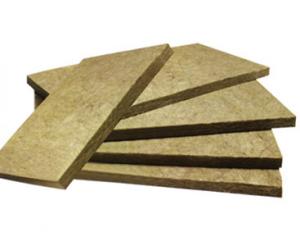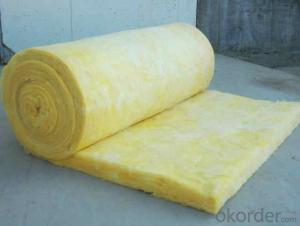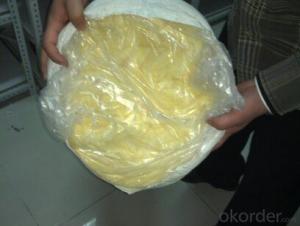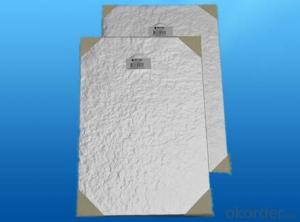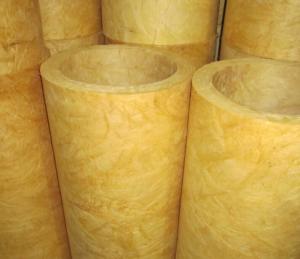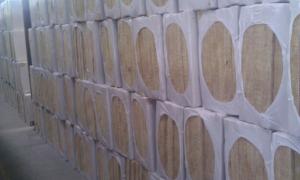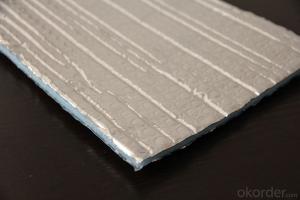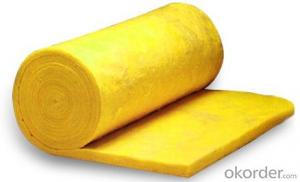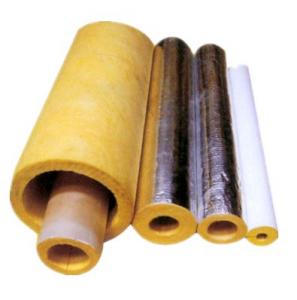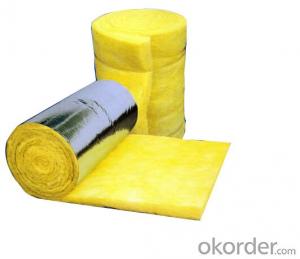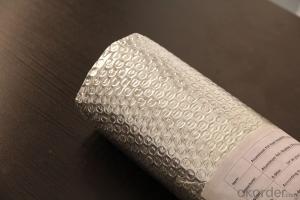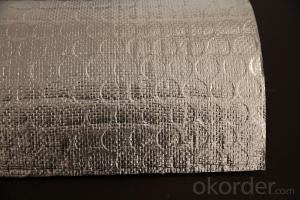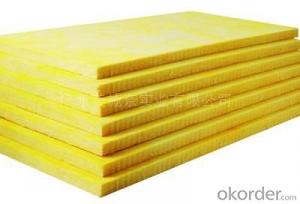Insulation Wool
Insulation Wool Related Searches
Fibreglass Wool Insulation Glass Wool Insulation India Twiga Glass Wool Insulation Kimmco Glass Wool Insulation Kaowool Insulation Indoor Insulation Indoor Window Insulation Home Insulation Glass Wool Insulation U Value Cellulose Insulation Glass Wool Insulation Price List Indoor Window Insulator Fireproof Insulation Wrap Glass Wool For Soundproofing Mineral Wool Insulation Price List Insulation Services Roof Insulation Materials Recycled Insulation Organic Insulation Materials Pipe Insulation Wrap White Vinyl Backed Insulation Best Wall Insulation Marine Insulation Material Boiler Insulation Material Insulation Plate Glass Wool Thermal Conductivity Faced Insulation Rockwell Insulation Insulation Materials For Lunch Bags Liquid Foam InsulationInsulation Wool Supplier & Manufacturer from China
Insulation Wool is a versatile product made from natural or synthetic fibers, designed to provide thermal and acoustic insulation in various applications. It is known for its ability to trap air, which creates an effective barrier against heat transfer, making it an ideal choice for both residential and commercial projects. Insulation Wool is commonly used in walls, ceilings, and attics to enhance energy efficiency and reduce noise pollution, ensuring a comfortable living or working environment.This product is widely utilized in construction and renovation projects, where it plays a crucial role in maintaining indoor temperature and minimizing energy consumption. Insulation Wool is also employed in industrial settings, such as factories and warehouses, to dampen noise and protect machinery from extreme temperature fluctuations. Its applications extend to marine and automotive industries, where it is used to insulate engine compartments and hulls, contributing to fuel efficiency and passenger comfort.
Okorder.com is a reputable wholesale supplier of Insulation Wool, offering a vast inventory to cater to the diverse needs of clients across different industries. With a commitment to quality and customer satisfaction, Okorder.com ensures that the Insulation Wool they provide meets the highest standards of performance and durability. Their extensive range of products allows customers to choose the most suitable Insulation Wool for their specific requirements, making them a trusted partner for businesses looking to enhance their insulation solutions.
Hot Products
